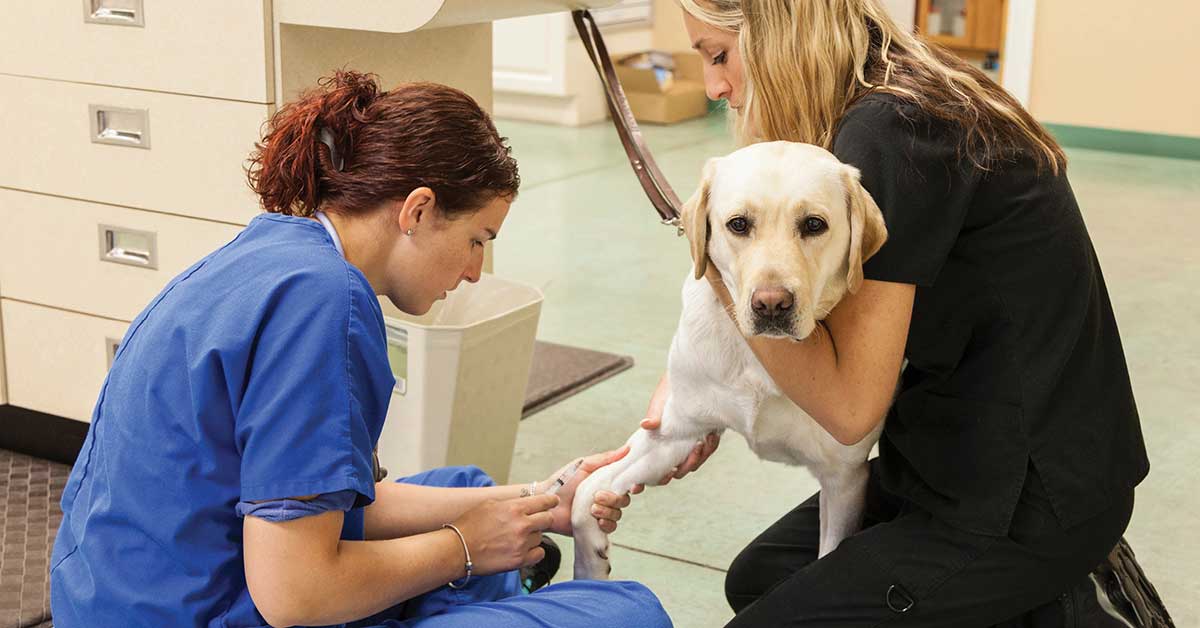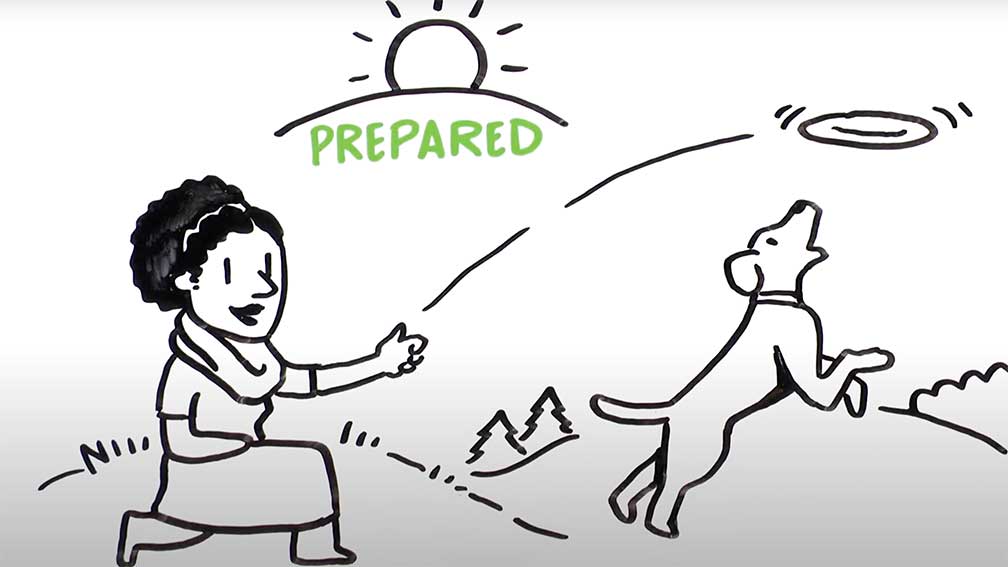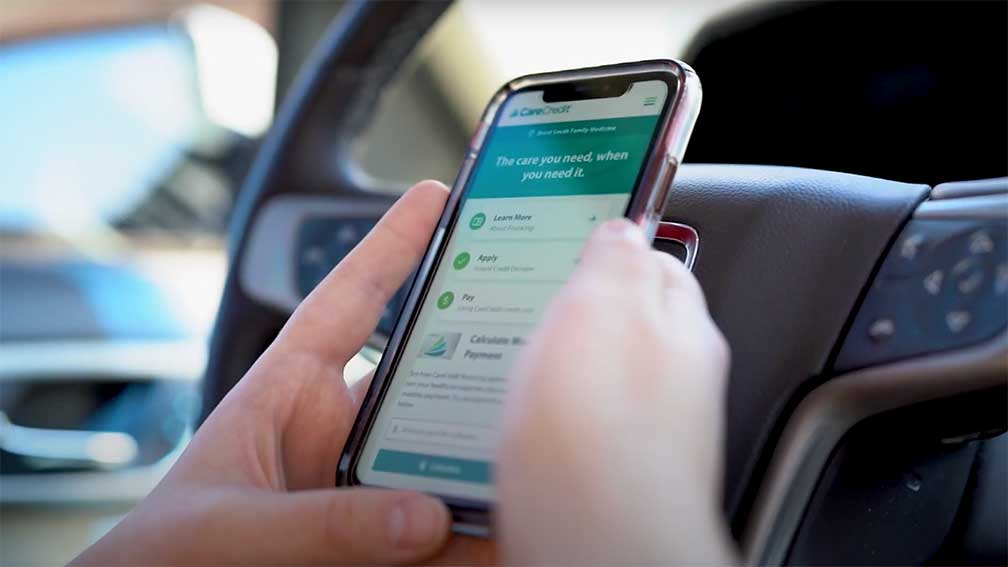3 ways curbside care made our veterinary practice stronger
How pivoting to curbside care made our team better for long haul. We became better communicators, we cared for clients more effectively, and we had each other’s back.
By Sandy Walsh
RVT, CVPM
Posted Nov 21, 2020 - 3 min read

Like most human beings, veterinary professionals aren't big on change. And when Coronavirus hit in early 2020, the changes we faced were like nothing we'd ever experienced. In the practice where I work, we wondered how we would survive-but then I started seeing some amazing things. Here's how pivoting to curbside care made our team better for the long haul.
1. We became better communicators.
Communication was our biggest challenge-and our greatest opportunity. At first we weren't great at it, because we figured clients would know what to do during a curbside appointment. They didn't. So we took a step back and enhanced our communication, letting clients know exactly what to expect before, during and after the visit.
Today, as we allow pet owners back in the building, we're maintaining this enhanced level of communication. For example, we say, "You have a choice now: Do you want to come inside the hospital or stay in your vehicle?" Either way, here's what that you can expect: Our new communication skills are here to stay.
Another communication improvement has been having open conversations about cost (more necessary than ever in the wake of pandemic-related job changes) and offering payment options such as the CareCredit credit card. Clients appreciate that they can pay over time for their pets' care,* and when they use our practice's custom link to access digital resources, we don't have to pass a card back and forth. I like this both for security and hygiene reasons. All in all, it makes for a seamless communication experience.
And finally, we're also listening to our clients with more empathy. We know they've missed us and the doctors and want to reconnect. So, we make time for that even as we try to get the doctors in and out of exam rooms quickly. Sometimes clients just need to share.
2. We cared for clients more effectively.
During lockdown, our priority was our regular clients. If we could get them in, we did, then we tried our best to see everybody else who called. As a result, we attracted new clients who couldn't get in to see their regular veterinarian. It will be interesting to find out how we fare long-term with these pet owners who didn't feel like they were a priority to their former clinic. I suspect they will stick with us.
Our bonds with our own long-term clients are stronger than ever because we made the effort to accommodate them any way we could. The practices that served their clients and communities well are the ones that will be successful long term. I believe our practice is one of those.
3. We had each other's backs.
During the peak of curbside care, technicians and assistants were catapulted onto the front lines with clients. Some who were a little rough around the edges learned how to be client-friendly and customer-savvy in new ways. But it nearly drained them dry.
Just when it seemed we were at the breaking point, I saw employees show appreciation for each other in ways I had never witnessed. We got really good at active listening, empathy and de-escalation. Today, we are looking for ways to help our exhausted team bounce back, whether that means f1exible scheduling, shorter shifts or time off when needed.
Again, practices that listen to their teams' concerns are the ones emerging from curbside care in a better place. And for any team member out there who doesn't feel appreciated or well-cared-for-send me your resume. My practice is a great place to work.
Author Bio
Sandy Walsh, RVT, CVPM, is a practicing technician and customer service representative as well as a consultant with PetOps LLC in Wilton, California.
Healthcare payment and financing solution
The CareCredit health and wellness credit card helps improve the payment experience for patients and clients, and your financial performance.
Get StartedThis content is subject to change without notice and offered for informational use only. You are urged to consult with your individual advisors with respect to any information presented. Synchrony and its affiliates, including CareCredit, make no representations or warranties regarding the content. All statements in this article are the sole opinions of the author.
* Subject to credit approval. Minimum monthly payments required.




